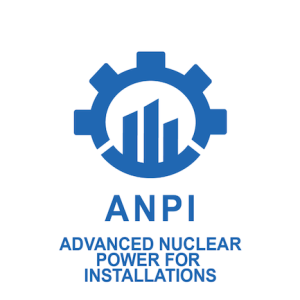
US fusion start-up Type One Energy said early results from its testing campaign confirm the essential design elements of its high temperature superconducting (HTS) magnet for use in stellarators.
Stellarators use powerful magnetic fields to contain the extremely hot plasma required for fusion. Unlike tokamaks, which rely on electric currents within the plasma to generate part of the magnetic field, stellarators use external coils to create the magnetic field that confines the plasma. The ability to maintain a stable plasma without relying on internal currents is a key advantage of stellarators, potentially leading to more efficient and continuous fusion power generation.
Type One conducted an accelerated 18-month development programme for advanced modular HTS stellarator magnets. This programme was based on the company’s access to the proven Massachusetts Institute of Technology’s (MIT) VIPER technology for HTS cables in stellarator fusion magnets. Type One indirectly received exclusive rights to the technology in February through a sub-licence from Commonwealth Fusion Systems (CFS).
In February Type One Energy has entered into a Cooperative Agreement with the Tennessee Valley Authority (TVA) to jointly develop plans for a potential TVA fusion power plant project. This will use Type One Energy stellarator fusion power technology. Type One says the 350 MWe fusion pilot power plant design, Infinity Two, “offers a complementary source of base load electrical generation for the region as early as the mid-2030s”.
Type One built on the foundation of MIT’s technology to design and construct a proprietary, full fidelity technology prototype of its HTS magnet. This prototype includes, among other characteristics, the limiting magnet geometry of its Infinity Two power plant. The prototype’s technology has become part of the baseline design for the potential Infinity Two fusion power plant project being developed for TVA.
By taking advantage of a decade’s worth of basic R&D performed by MIT, together with access to certain additional VIPER technology utilisation capabilities, Type One Energy has been able to significantly derisk and compress the development timeline for its own advanced HTS magnets. Because this programme was almost entirely conducted by an in-house HTS magnet technology team, it also ensures that Type One Energy retains primary ownership of all the new HTS magnet technology it develops.
The tests which Type One Energy announced today validate the performance of its own derivative VIPER technology when used in the complex geometric shapes of a modular stellarator magnet. These tests were performed at a temperature of 77K, well below the threshold for transition to HTS superconductivity.
Under the leadership of Jenelle Canny, who manages the Type One Energy HTS Magnet Development Program, the company performed these tests in its Woburn, MA laboratory. They mark the beginning of an extensive magnet performance evaluation campaign, which will move to the MIT Plasma Science & Fusion Centre (PSFC) later this spring. The testing campaign will include performance evaluations at lower temperatures and ultimately push the prototype magnet to its limits over the summer.
“In my prior leadership role at W7-X, the world’s leading operational stellarator, we proved the science underpinning modern optimised stellarators, and I realised that when combined with powerful HTS magnets, they open a direct path to fusion commercialisation,” said Thomas Sunn Pedersen, Chief Technology Officer at Type One Energy. “That realisation, combined with the strong relationship Type One Energy has with MIT, brought me to this company and us to this milestone.” The Wendelstein 7-X (W7-X) research experiment in Germany is directed by the Max Planck Institute for Plasma Physics.
“I am excited to see the innovative HTS technology we developed at MIT for tokamaks now being adapted to develop an advanced high-field magnet for use in stellarators,” said Dennis Whyte, Hitachi America Professor of Engineering at MIT. “Stellarators are a very promising technology approach for fusion commercialisation given their inherent stability and steady-state operating characteristics, but they need HTS magnets to make them practical and economic. It is very encouraging that in a relatively short period of time, Type One Energy has built their first HTS magnet.”






